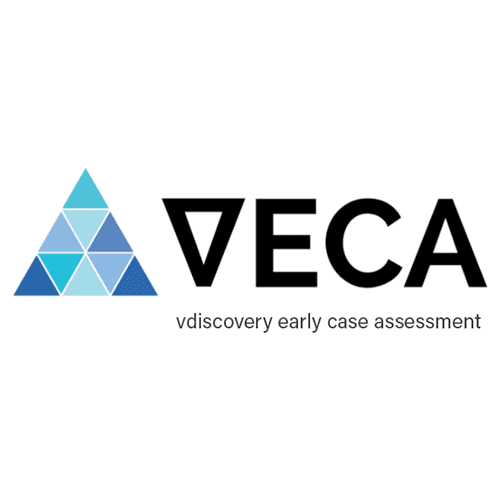Modernizing the eDiscovery Workflow for Emerging Data Sources
By Michael Wright
September 6, 2022

Michael Wright is the Senior Vice President of vdiscovery. michaelw@vdiscovery.com
Published in Today's General Counsel, September 2022

Sponsored Content
The world is changing, and so are the ways we communicate. In wake of the pandemic and the rise of remote work, there has been a proliferation of new ways of meeting. At the same time, people are more aware of cybersecurity and privacy, and they’re more wary of communicating in emails.
These days, emails are less frequently used internally. If an organization uses Microsoft Office365, they’re likely communicating more intimately in Teams, meeting in Teams and sharing files in Teams. Others may use a combination of tools like Google, Slack, Zoom or WhatsApp. So, it is unsurprising that when litigation arises, the key document is often found outside of email communications.
For law firms engaged in litigation — and increasingly, electronic discovery — this makes the challenge of finding key evidence in a large data set even more difficult. While it may be true that crucial documentary evidence today is often found in text and chat, in part because people have become aware of the discoverability of emails and speak more freely in these alternative communication channels, under the Federal Rules of Civil Procedure these newer data sources are just as discoverable as email.
Despite their permissibility as evidence, new data forms are diverse and can be challenging to handle. With the wide variety of new data sources used at both the personal and enterprise levels, it is commonplace to encounter new data types regularly. There’s always a “gotcha.” Whether converting data from JSON for Slack, dealing with changes to various messaging platforms as they include new ways for users to interact, or trying to pull key evidence from a new social media app, each data type can be a new puzzle for vendors, and certainly for lawyers.
With the steady rise of e-discovery motion practice finding sympathy with judges and even arbitrators, any innocent mistake can quickly be recruited into an argument against your client.
This is why a new e-discovery workflow is needed to meet these challenges. Litigation support vendors typically work with an email discovery-specific workflow to support attorneys. To deal with the present challenges, law firms should look for vendors that can do more. Vendors need to be able to work with a multitude of data sources, and advise on and perform their collection where needed. A modern workflow must spot potential issues as early as possible, have ready solutions to anticipate those problems and quickly address what may arise, the better to avoid fire drills come production time.
vdiscovery developed VECA, or “vdiscovery Early Case Assessment” to address many of these issues. With VECA, attorneys and their clients can perform upstream defensible device imaging, and review all device and file metadata in Relativity collaboratively, transparently (with a full reportable audit trail of decisions made), and with none of the cost or delay of processing. Finally, because VECA syncs directly with Relativity, you can promote just those documents that survive this initial metadata review for processing and full review.
VECA has been designed to enable and evidence a process that is as informed and transparent as it is defensible. For matters that entail troves of data, where leaves cannot be left unturned, VECA allows you to see into even the dark and impenetrable corners of old servers, large device collections and cumbersome client file types, most of which are utterly irrelevant but must be intelligently excluded. Finally, VECA cuts through the mess and reduces downstream costs from processing to hosting and, crucially, avoids unnecessary attorney review.
In addition to those more traditional file types, VECA’s data culling capabilities are also aimed at all types of short message communications (such as texts, WhatsApp or Slack messages), enabling clients to easily discover or eliminate the single fastest-growing source of potentially relevant data.
With enterprise data sources rapidly growing beyond traditional email, law firms are required to handle a complex array of data coming through the discovery process. Not being prepared comes at a premium: missed production deadlines, unforeseen processing and review costs, and potential data risk.
Because each case is as unique as the data sources requested during discovery, relying on a cookie-cutter solution — or worse yet, outdated manual processes and legacy software — is no longer a viable option for law firms. By using an agile and customizable approach, firms will be able to take on more clients and bigger cases, while maintaining defensibility, mitigating data risk and reducing unforeseen discovery costs. With the power and defensibility of vdiscovery’s VECA, the choice is clear.
Must read intelligence for general counsel
Subscribe to the Daily Updates newsletter to be at the forefront of best practices and the latest legal news.
Daily Updates
Sign up for our free daily newsletter for the latest news and business legal developments.




